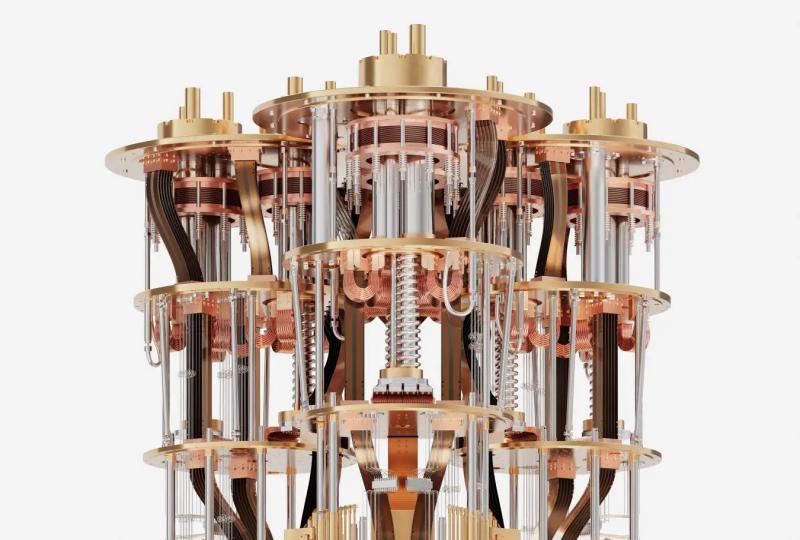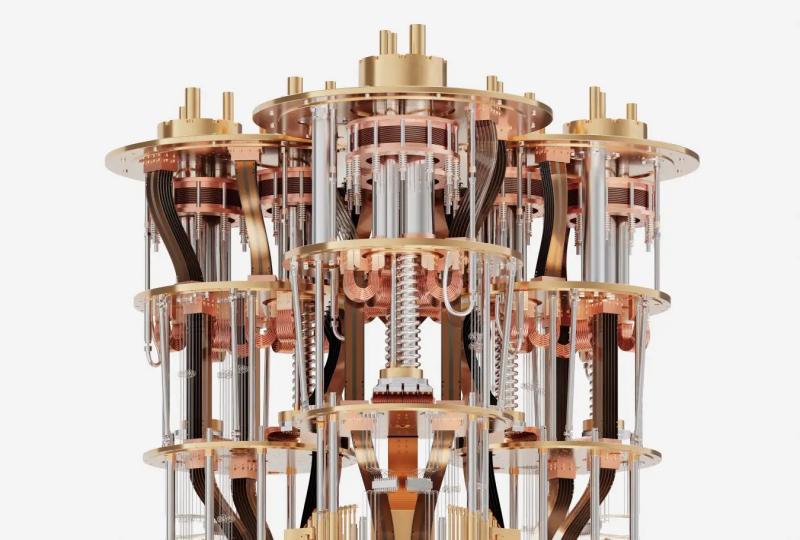Quantum Control Platform - The Command Center for Quantum Computing Operations
2025.07.04 · Blog Quantum control platform
Introduction
In the rapidly evolving landscape of quantum computing, a quantum control platform serves as the nerve center. It is the system that enables the precise manipulation and management of qubits, the fundamental units of quantum information. Without an effective quantum control platform, the potential of quantum computing to solve complex problems at unprecedented speeds would remain largely unrealized.
Components of a Quantum Control Platform
Control Electronics
At the heart of a quantum control platform are the control electronics. These are responsible for generating the signals needed to manipulate qubits. They produce precisely timed and shaped electrical or microwave pulses. For instance, in a superconducting qubit system, the control electronics generate microwave pulses to perform operations such as qubit state rotations and entanglement generation. These electronics need to be highly accurate, with the ability to control signal amplitudes, frequencies, and phases with extreme precision.
Signal Generation and Modulation Modules
Signal generation modules create the basic waveforms that are used to interact with qubits. They can generate sinusoidal, square, or other types of signals. Modulation modules then modify these signals to carry the specific information required for qubit operations. For example, amplitude modulation can be used to adjust the strength of the pulse applied to a qubit, while frequency modulation can be used to tune the qubit's resonance frequency.
Measurement and Read - out Systems
Measurement and read - out systems are crucial components of the quantum control platform. They are designed to detect the state of qubits after a series of operations. In some cases, this involves measuring the energy or charge associated with a qubit. For superconducting qubits, read - out resonators are often used to detect the state of the qubit by measuring the change in the resonator's properties due to the qubit's state. These systems need to be highly sensitive to accurately determine the qubit state, as even the slightest error in measurement can lead to incorrect results in quantum computations.
Functions of a Quantum Control Platform
Qubit Manipulation
The primary function of a quantum control platform is to manipulate qubits. It applies a sequence of quantum gates, which are the quantum analogs of classical logic gates. By precisely controlling the signals sent to qubits, the platform can perform operations such as creating superposition states, where a qubit exists in multiple states simultaneously, and entanglement, where the states of two or more qubits are instantaneously linked. These operations are the building blocks of quantum algorithms.
Quantum State Preparation
Before performing a quantum computation, the qubits need to be initialized to a known state. The quantum control platform is responsible for preparing the qubits in the desired initial state. This could involve cooling the qubits to their lowest energy state or setting them in a specific superposition state, depending on the requirements of the quantum algorithm.
Error Detection and Correction
Quantum systems are highly susceptible to errors due to decoherence, which is the loss of quantum state information caused by interactions with the environment. The quantum control platform monitors the qubits during operations and can detect errors. It then applies error - correction techniques, such as using redundant qubits or specific quantum error - correction codes, to mitigate the effects of these errors and ensure the accuracy of the quantum computation.
Significance in Quantum Computing
Enabling Complex Quantum Algorithms
Complex quantum algorithms, such as Shor's algorithm for factoring large numbers or Grover's algorithm for search problems, rely on the precise manipulation of qubits. A well - designed quantum control platform allows for the accurate implementation of these algorithms. It ensures that each quantum gate is applied at the right time and with the correct parameters, enabling the quantum computer to perform the complex calculations required by these algorithms.
Facilitating Quantum Computing Research
In the research phase of quantum computing, the quantum control platform is essential for experimenting with new qubit technologies, quantum algorithms, and error - correction methods. Researchers can use the platform to test different qubit configurations, adjust control parameters, and measure the performance of quantum systems. This experimentation is crucial for advancing the field of quantum computing and bringing it closer to practical applications.
Challenges Facing Quantum Control Platforms
Decoherence Mitigation
As mentioned earlier, decoherence is a major challenge in quantum computing. The control platform needs to be designed in such a way that it can minimize the effects of decoherence. This may involve developing better shielding techniques to protect qubits from external noise, optimizing the timing of operations to reduce the time qubits are exposed to potential decoherence sources, and improving error - correction methods.
Scalability
As quantum computing systems aim to scale up to include more qubits, the quantum control platform also needs to scale. This poses challenges in terms of signal routing, control complexity, and power consumption. For example, in a system with thousands of qubits, the control electronics need to be able to generate and route signals to each qubit accurately, while also managing the increased power requirements. Developing scalable control architectures and technologies is essential for the future of quantum computing.
In conclusion, the quantum control platform is a critical component of quantum computing systems. It enables the precise control and management of qubits, which is essential for performing complex quantum computations. While it faces significant challenges, ongoing research and development efforts are focused on overcoming these hurdles to unlock the full potential of quantum computing.
Featured Content






